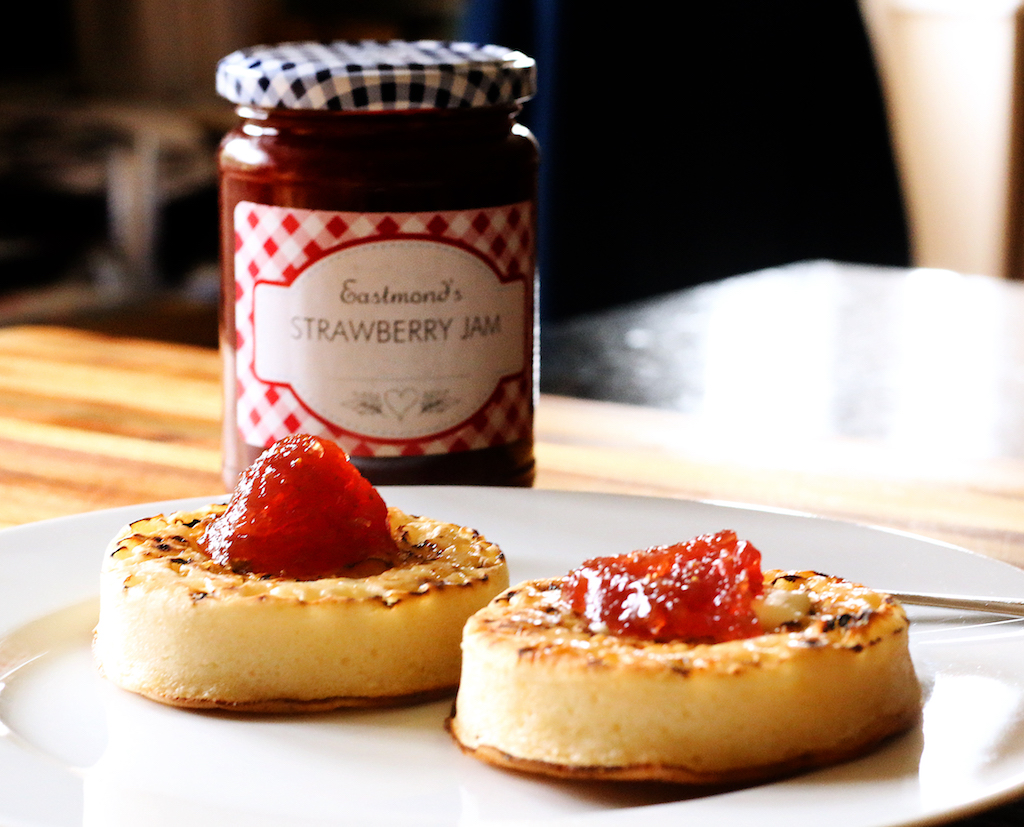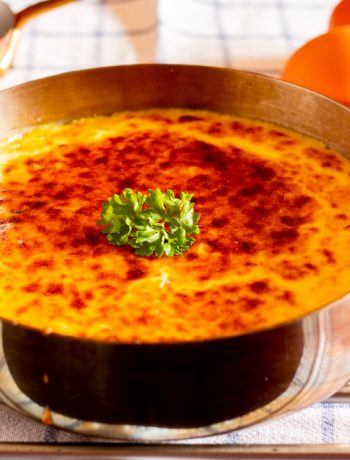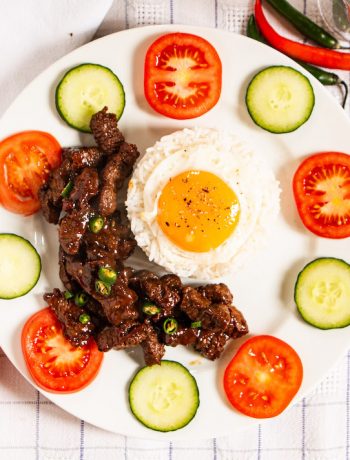Jam as a foodstuff is arguably useless. It is nearly always added to toast or scones where simple butter would do just fine. As such, jam can be regarded as a proper treat. The question for me is, just how old-fashioned a treat is jam? The answer is ‘very, very old indeed.’
The first written recipe for jam appears in De Re Coquinaria, which is also known as Apicius. This book dates from the 1st Century AD in the reign of Emperor Tiberius. In those days the intent was to preserve fruit for consumption out of season. The fact that it sometimes became a spreadable, sugary mess was probably a byproduct of getting the preserving process a bit wrong. And God bless these errors, because it is from there that we get jam.
Once locked in an ancient edition of the endless Afghanistan war, the Christian crusaders would return home carrying more complex jams laced with spices and exotic fruits. It would not surprise me if mango chutney was in the saddle bag of more than one battle-scarred brute of a nobleman with half his ear missing.
Over time, there have been some notable fans of jam. Joan of Arc (1412–1431) would take quince jam before going into battle – a practice that was later revived in moden conflicts as a means of getting a quick calorie hit. Nostradamus (1503–1566) wrote of a love potion locked in a spoon of jam that would make a woman give up her modesty with no resistance whatsoever. The Sun King, Louis XIV of France, loved jam so much, he nearly always ended his 170-dish meals with a selection of the stuff on little plates.

Louis XIV of France (1638–1715)
1800 saw a big change in the way jam was made. Napoleon Bonaparte (1769–1812), fed up with food rotting in the satchels of his hungry army, offered a 12,000 franc reward for anyone who could work out how to preserve large quantities of food. Nicholas Appert was the one who figured out in 1806 that pasteurisation at high temperature, and sealing in sterilised jars was the way to go, and he was encouraged to make his process public in 1810 on the promise of the 12,000 francs. Two hundred copies of the method were published, and this gives us the modern process of producing jam.

Nicholas Appert (1749–1841)
During World War 2, there was much concern about food shortages, and the UK’s Womens’ Institute was given £1,400 to buy sugar to jam up 5,300 tons of the nation’s fruit using Appert’s method. The enterprise was successful, and the WI, with its unofficial anthem Jerusalem, was parodied in a 2006 British sitcom Jam and Jerusalem, such was the association of the Institute with the making of jam.
Nowadays, jam is bought for its own sake. We can buy fresh fruit all the time, and jam is really a superfluous treat to pop on top of a split scone. It’s is almost curious that is has survived the poncy compotes that find their way into restaurant desserts and onto breakfast tables in Kensington and Chelsea. Making it is tremendous fun, and there is nothing nicer than being given a nicely presented jar of home-made jam either as a trade or as a gift for a good deed or favour.
Strawberry jam
Ingredients
- 1kg strawberries
- 750g jam sugar
- Juice of 1 lemon
- Small knob of butter
Instructions
Do not wash the fruit. If you want to clean it, use a damp kitchen paper. Hull the fruit and cut any big bits in half. Combine the fruit pieces with the sugar and leave overnight, uncovered. This helps the sugar dissolve without destroying the fruit and removing colour.
Tip the strawberry mixture into a jam pan with the lemon juice. Cook very gently over a low heat making sure that any stray sugar ends up back in the mixture. Once all traces of sugar grains are gone, increase the heat on max to 105˚C. You need a jam thermometer for this, and you absolutely must hit 105˚C.
Test the set by placing a small amount of the jam on a refrigerated saucer. If it wrinkles when pushed with a finger, then it will set OK. If it does not, you need to go back on the heat for longer. Patience is critical here.
Once you have a jam that will set, skim any scum surface scum and discard. Add a knob of butter and stir in to melt. This will clear up any remaining impurities.
Leave the jam to settle for 15 mins to enable the fruit to distribute evenly in the jars. Too soon, and all your fruit will float.
Sterilise the jars on the oven at 150˚C and boil the lids in a pan of water.
Ladle into warm jars using a jam funnel, filling to just below the rim. Place a wax disc on top of the jam, lid, label and store.






No Comments